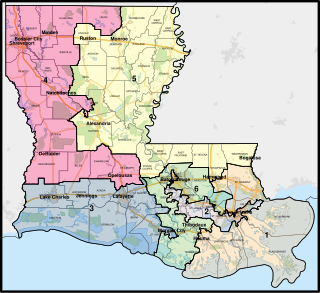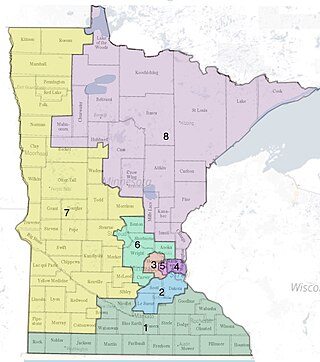Since Arizona became a U.S. state in 1912, it has sent congressional delegations to the United States Senate and United States House of Representatives. Each state elects two senators to serve for six years, and members of the House to two-year terms. Before becoming a state, the Arizona Territory elected a non-voting delegate at-large to Congress from 1864 to 1912.
Since California became a U.S. state in 1850, it has sent congressional delegations to the United States Senate and United States House of Representatives. Each state elects two senators to serve for six years, and members of the House to two-year terms.
These are tables of congressional delegations from New York to the United States House of Representatives and the United States Senate.
These are tables of congressional delegations from North Carolina to the United States House of Representatives and the United States Senate.

These are tables of congressional delegations from the State of Texas to the United States Senate and United States House of Representatives.
Since Florida became a U.S. state in 1845, it has sent congressional delegations to the United States Senate and United States House of Representatives. Each state elects two senators to serve for six years, and members of the House to two-year terms. Before becoming a state, the Florida Territory elected a non-voting delegate at-large to Congress from 1822 to 1845.
These are tables of congressional delegations from Massachusetts to the United States House of Representatives and the United States Senate.
Since Kentucky became a U.S. state in 1792, it has sent congressional delegations to the United States Senate and United States House of Representatives. Each state elects two senators to serve for six years, and members of the House to two-year terms.
Since Colorado became a U.S. state in 1876, it has sent congressional delegations to the United States Senate and United States House of Representatives. Each state elects two senators to serve for six years, and members of the House to two-year terms. Before becoming a state, the Colorado Territory elected a non-voting delegate at-large to Congress from 1861 to 1876.
Georgia became a U.S. state in 1788, which allowed it to send congressional delegations to the United States Senate and United States House of Representatives beginning with the 1st United States Congress in 1789. Each state elects two senators to serve for six years, and members of the House to two-year terms.
Since Iowa became a U.S. state in 1846, it has sent congressional delegations to the United States Senate and United States House of Representatives. Each state elects two senators to serve for six years, and members of the House to two-year terms. Before becoming a state, the Iowa Territory elected a non-voting delegate at-large to Congress from 1838 to 1846.
Since Kansas became a U.S. state in 1861, it has sent congressional delegations to the United States Senate and United States House of Representatives. Each state elects two senators to serve for six years, and members of the House to two-year terms. Before becoming a state, the Kansas Territory elected a non-voting delegate at-large to Congress from 1854 to 1861.

These are tables of congressional delegations from Louisiana to the United States House of Representatives and the United States Senate.

These are tables of congressional delegations from Mississippi to the United States House of Representatives and the United States Senate.
Since Illinois became a U.S. state in 1818, it has sent congressional delegations to the United States Senate and United States House of Representatives. Each state elects two senators to serve for six years, and members of the House to two-year terms. Before becoming a state, the Illinois Territory elected a non-voting delegate at-large to Congress from 1812 to 1818.

Minnesota is currently divided into eight congressional districts, each represented by a member of the United States House of Representatives. After the 2020 census, the number of Minnesota's seats remained unchanged.

Maine is divided into two congressional districts, each represented by an elected member of the United States House of Representatives.

Illinois is divided into 17 congressional districts, each represented by a member of the United States House of Representatives. The majority of Illinois' districts are located in the Chicago area.

The U.S. state of West Virginia currently has two congressional districts, each represented by a member of the United States House of Representatives.

Maryland is divided into eight congressional districts, each represented by a member of the United States House of Representatives. After the 2020 census, the number of Maryland's seats remained unchanged, giving evidence of stable population growth relative to the United States at large.




















